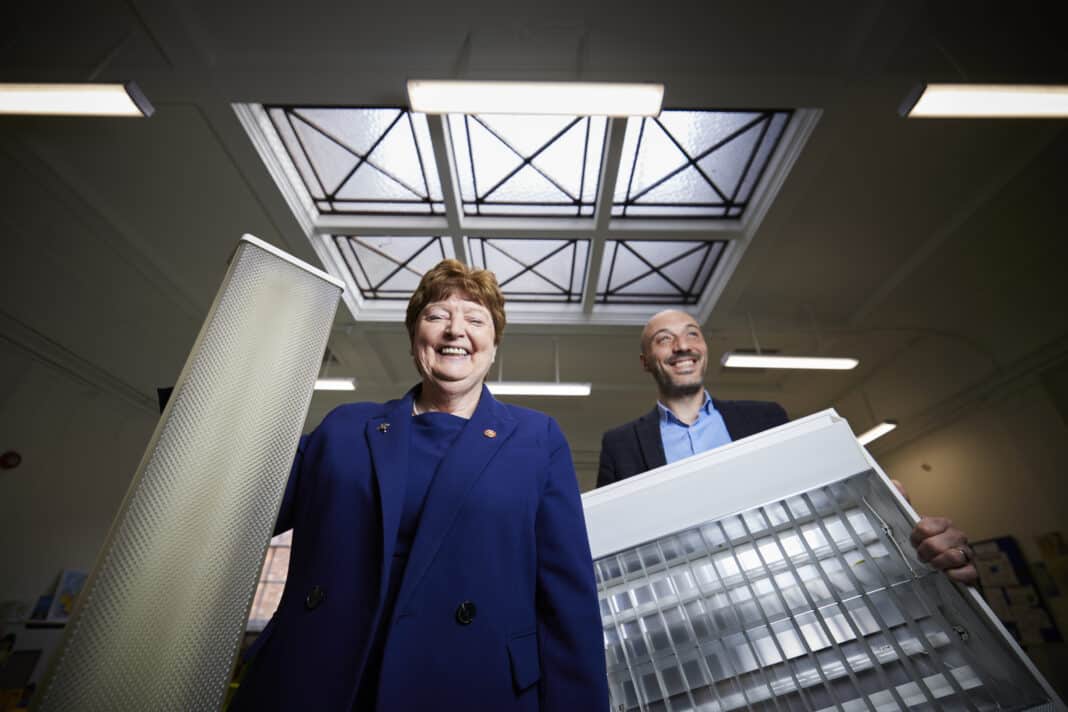Several of Manchester’s largest hospitals are set to save hundreds of thousands of pounds
and cut hundreds of tonnes of CO2 emissions following a huge upgrade to their lighting.
Thousands of lights have been switched to more efficient LED units at Manchester University Hospital’s North Manchester General, Trafford, and Wythenshawe hospitals as
well as their Oxford Road campus in central Manchester.
The Department for Energy Security and Net Zero and the Department for Health and Social Care awarded Manchester University NHS Foundation Trust £1.2million in funding to make the changes as part of a national energy efficient lighting scheme across the NHS.
The move will see the hospitals save an estimated £210,000 every year in electricity costs
and reduce the amount of electricity consumed by 800 000 kWh, roughly the equivalent
usage of around 300 UK homes.
Such a reduction in electricity demand will also mean the hospitals will save around 220
tonnes of carbon dioxide every year, the same amount produced by charging 26 million
smart phones.
Mark Foden, Manchester University NHS Foundation Trust’s associate director of
sustainability, said: “The future of our organisation is a green one, this is another positive step in a series of changes we’re making to become net zero carbon and save on costs and emissions.
“Along with decarbonising our buildings by making them more energy efficient, we’re fully
electrifying our in-house vehicles, changing our procurement process to ensure greener
alternatives are used, working with pharmacy teams to reduce the environmental impact and unnecessary overprescribing, supporting colleagues with green quality improvement projects and encouraging active travel for staff through public transport discounts and support for cyclists with our free bike maintenance sessions and access to bike hubs across our sites.
“On top of all of this, with our lighting changes, we’re making changes for a safer as well as a greener environment.
“Where appropriate, while upgrading to more energy efficient fittings we’ve changed the
timers and controls on our lighting and made exterior areas brighter so people feel more
secure using our facilities. Many internal areas have also been fitted with smart lighting controls that dim and turn off the lighting when it isn’t needed, taking account of natural
daylight or occupancy, but react quickly when required.”
Pictured: Mark Foden and Kathy Cowell OBE DL, chairman of Manchester University NHS
Foundation Trust, with the old light fittings



